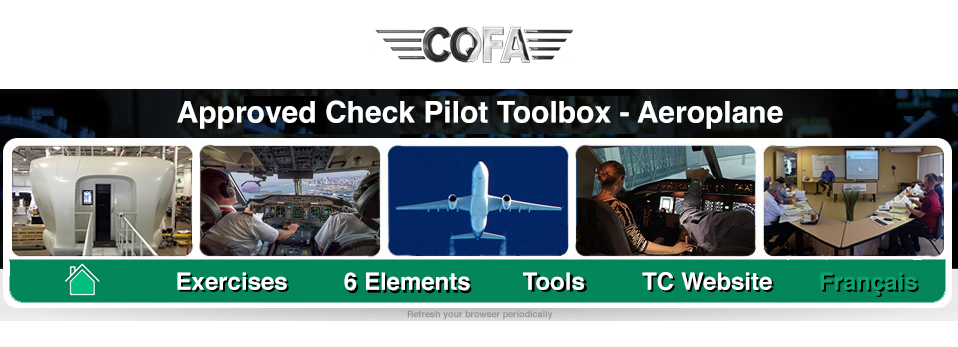22. Engine Failure
Aim
Determine the candidate’s ability to maintain control of the aircraft and carry out the appropriate engine failure procedures in accordance with the POH/AFM and/or SOP’s.
Description
The pilot will demonstrate the ability to maintain control and safely handle malfunctions on at least two simulated engine failures any time during the check. The engine failures in this section exclude engine failures on the runway followed by a rejected take-off.
Performance Criteria ::: Multi-Engine
(06/2017 FTG p.43)
- Recognize an engine failure or the need to shut down an engine as simulated by the ACP;
- complete engine failure vital action checks from memory;
- maintain positive aeroplane control. Establish a bank of approximately 5°, if required, or as recommended by the manufacturer, to maintain coordinated flight, and properly trim for that condition;
- set powerplant controls, reduce drag as necessary, correctly identify and verify the inoperative powerplant(s) after the failure (or simulated failure);
- maintain the operating powerplant(s) within acceptable operating limits;
- establish the best engine inoperative airspeed as appropriate to the aircraft and condition of flight;
- establish and maintain the recommended flight attitude and configuration for the best performance for all manoeuvring necessary for the phase of flight;
- follow the prescribed aeroplane checklist, and verify the procedures for securing the inoperative powerplant(s);
- determine the cause for the powerplant(s) failure and if a restart is a viable option;
maintain desired altitude within ±100 feet, when a constant altitude is specified and is within the capability of the aeroplane; - maintain the desired airspeed within ±10 knots;
- maintain the desired heading within ±10° of the specified heading;
- demonstrate proper powerplant restart procedures (if appropriate) in accordance approved procedure/checklist or the manufacturer’s recommended procedures and pertinent checklist items; and
- monitor all functions of the operating engine and make necessary adjustments.
Performance Criteria ::: Single Engine
(06/2017 FTG p.44)
- demonstrate adequate knowledge of the flight characteristics, approach and forced (emergency) landing procedures, and related procedures to use in the event of a powerplant failure (as appropriate to the aeroplane);
- maintain positive control throughout the manoeuvre;
- establish and maintain the recommended best glide airspeed, ±10 knots, and configuration during a simulated powerplant failure;
- select a suitable airport or landing area, which is within the performance capability of the aeroplane;
- establish a proper flight pattern to the selected airport or landing area, taking into account altitude, wind, terrain, obstructions, and other pertinent operational factors;
- follow the emergency checklist items appropriate to the aeroplane;
- determine the cause for the simulated powerplant failure (if altitude permits) and if a restart is a viable option; and
- use configuration devices, such as landing gear and flaps in a manner recommended by the manufacturer.
